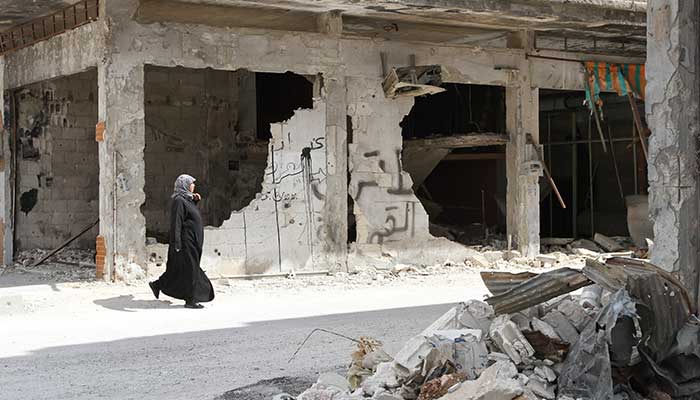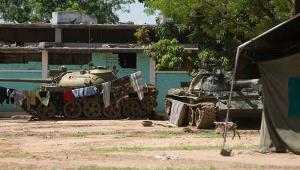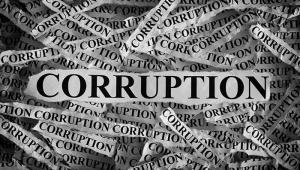web_syriadestruction_istock-494418686.jpg

A woman walks past destroyed buildings in Syria.
The 2017 Global Peace Index, published today, found that overall, global peace levels improved slightly last year compared to 2015, as conflicts plateaued in their intensity, deaths from terrorism declined and homicide rates fell.
But while this was true for the majority of countries, with the world’s most peaceful maintaining or increasing their levels of peace, the 20 least peaceful nations became “dramatically more violent and insecure”.
The report said: “This reveals a major underlying and unreported global trend, which is growing – the phenomenon of peace inequality and a more divided world than before.”
Home to at least one billion people altogether, the GPI data showed how ongoing armed conflict and terrorism is further eroding the peacefulness in these 20 countries.
Syria, where the catastrophic civil war has now entered its seventh year, sits at the bottom of the 163-country index.
It is followed by Afghanistan, which just yesterday endured its worst terror attack in years, Iraq, South Sudan, Yemen, Somalia and Libya.
Other nations embroiled in conflict also found themselves in the bottom 20, including Ukraine, Palestine and Sudan, as well as those run by autocratic regimes or facing political turmoil, such as North Korea and Venezuela.
Terrorism was also a factor, reflected in the positions of countries like Nigeria and Turkey.
Overall, the economic impact of violence, ranging from war to homicide, last year amounted to $14.3tn, which includes trillions spent on the military and internal security and losses from armed conflict or crime and interpersonal violence.
This was in fact a decrease compared to the year prior – the first such decrease since 2011. But the report noted it was equivalent to 12.6% of global GDP, or $1,953 per person.
Decreasing violence by just 10% would lead to $1.43tn in extra resources, that could be used for aid, to prevent climate change or encourage investment in countries that need it, it said.
Those countries would include many of those at the bottom of this year’s index, and those bearing the biggest cost burden of violence and insecurity.
In the worst affected – Syria, Iraq and Afghanistan – the economic cost of violence surpassed 50% of their GDP, topping 66.9%, 57.6% and 52.1% respectively.
Colombia, South Sudan, Honduras, Somalia, Lesotho and North Korea all saw costs amounting to more than 30% of their GDP, while the Central African Republic came close, at 29.7%. This is compared to an average of 3% in the ten most peaceful countries.
At the same time, violence and conflict also result in shrinking GDP growth. While this is followed by a period of recovery once peace is restored, the report highlighted that this is usually smaller than the lost growth and “complete catch up is rare”.
Meanwhile, countries also face huge costs from death, injury and displacement, destruction of property and infrastructure, loss of investment, the collapse of government services and the erosion of formal and informal institutions.
“Unless completely resolved through comprehensive long-term post conflict peacebuilding and development, conflict and weak economic performance can create a vicious cycle that is hard to break,” the report said.
“This is epitomised by how ‘sticky’ the ten least peaceful countries are on the GPI and how difficult it is for them to become more peaceful.”













